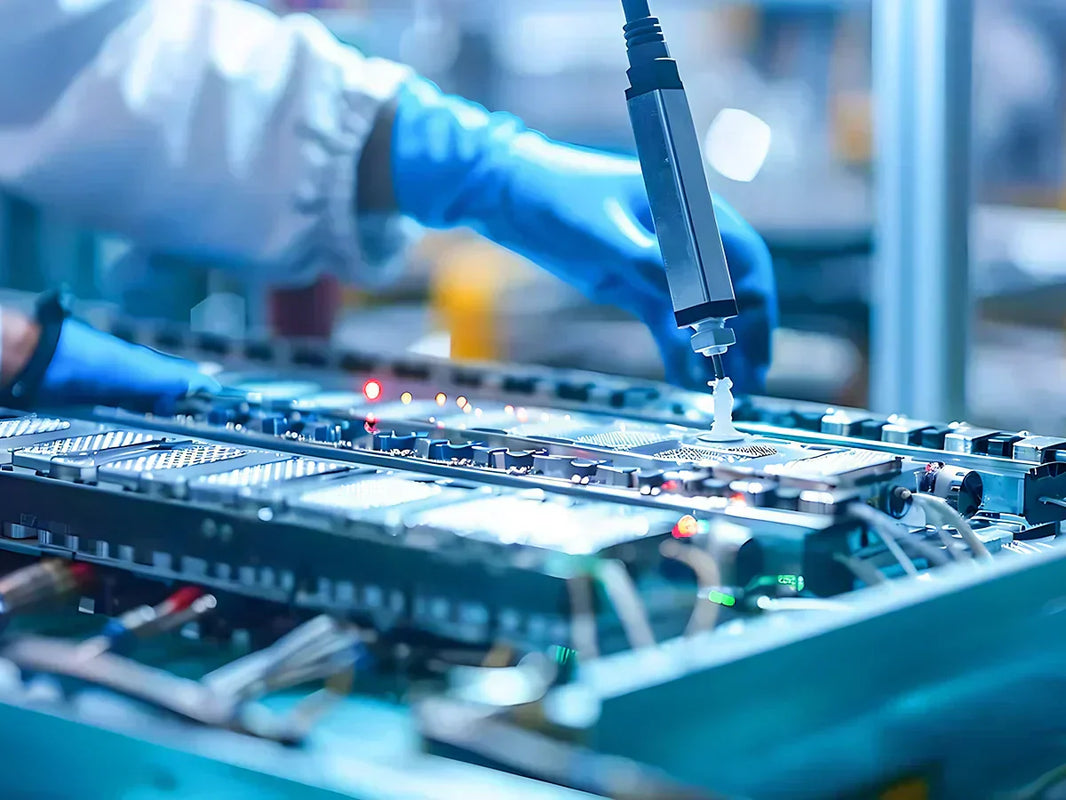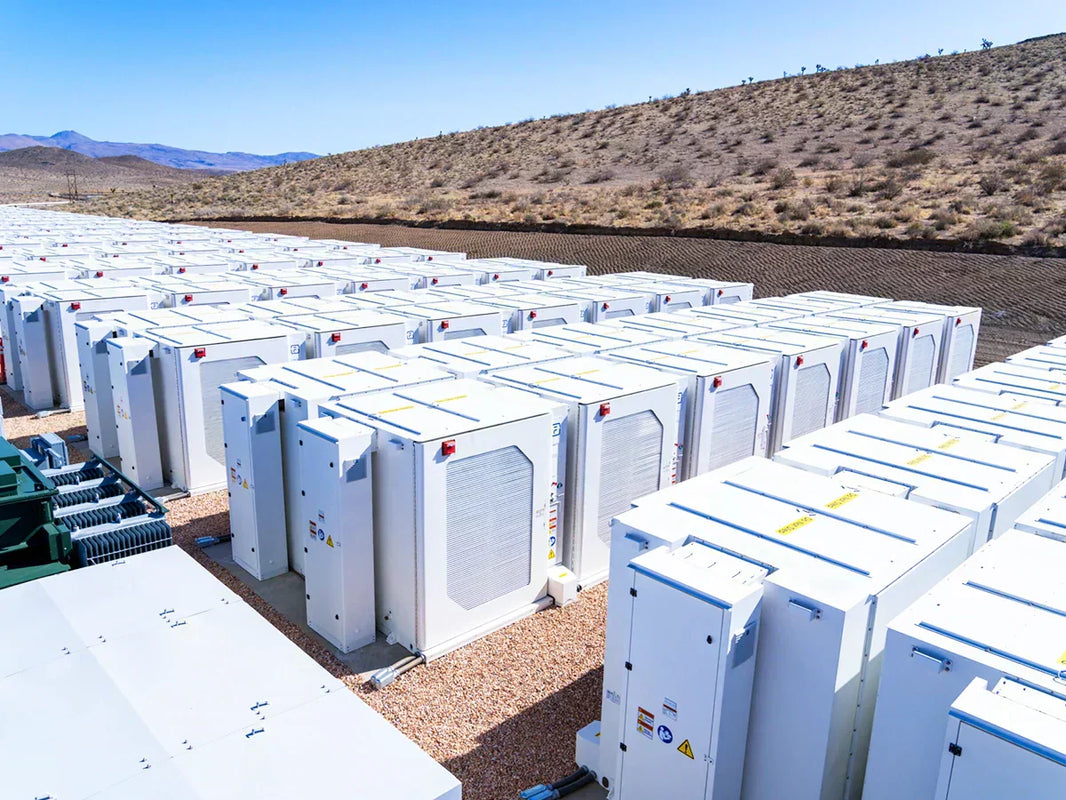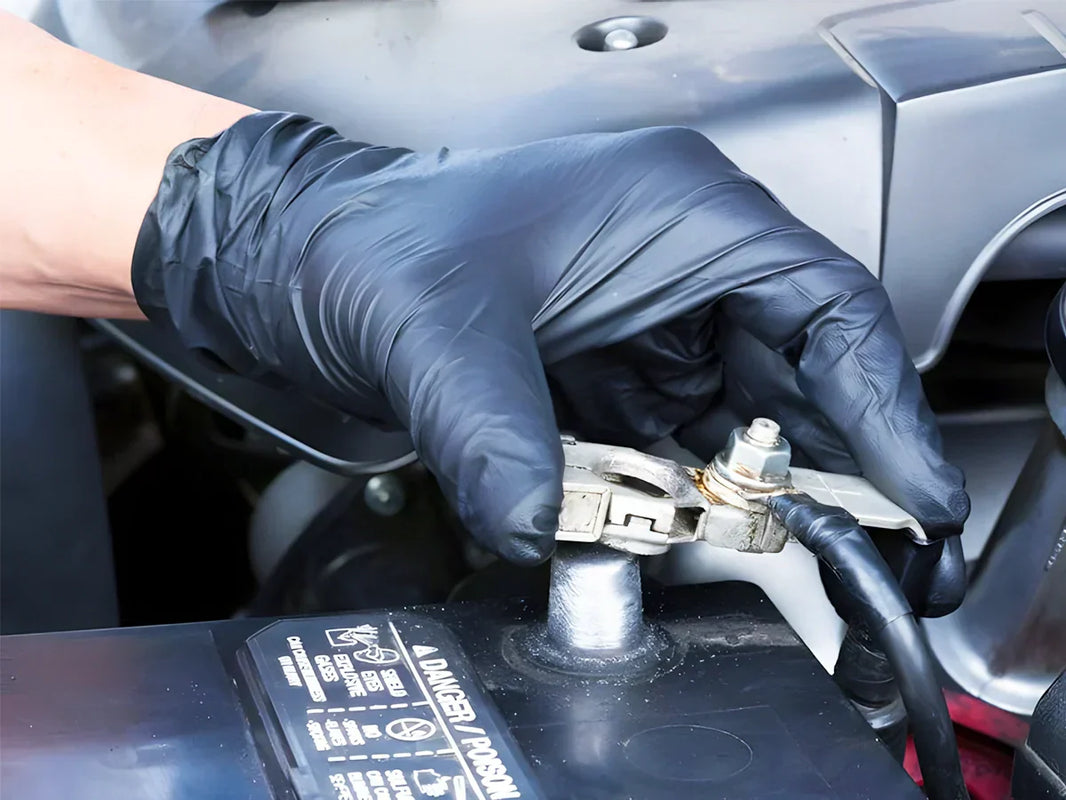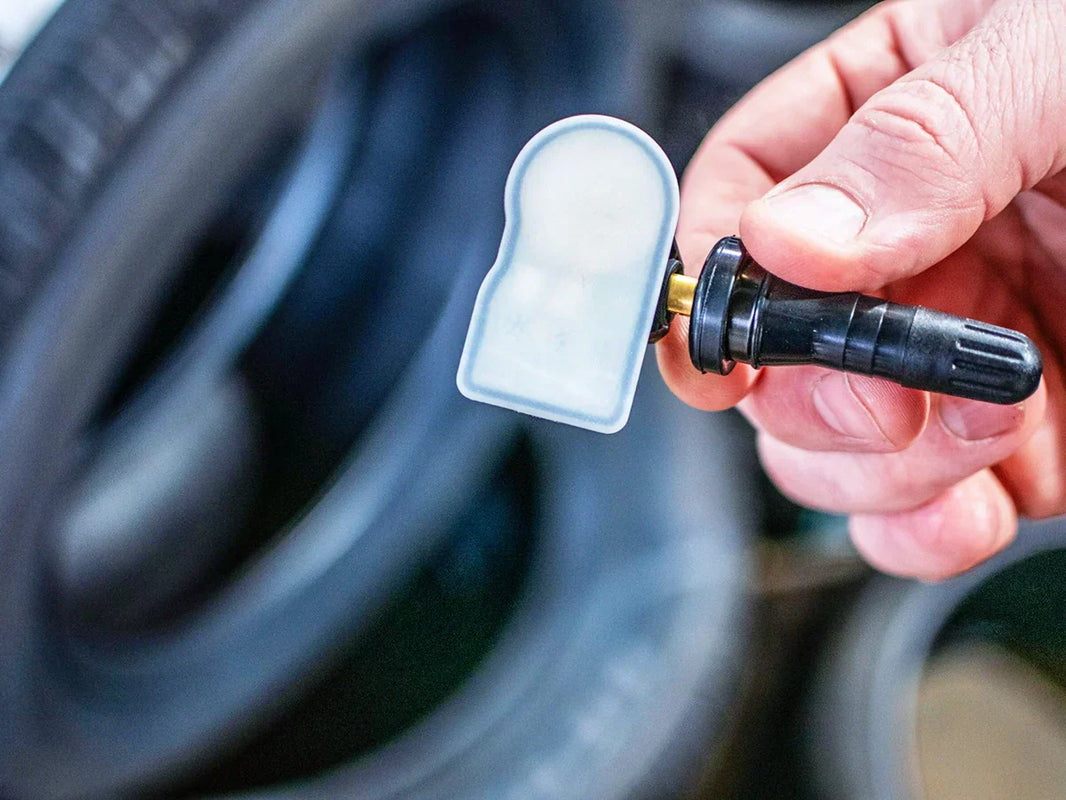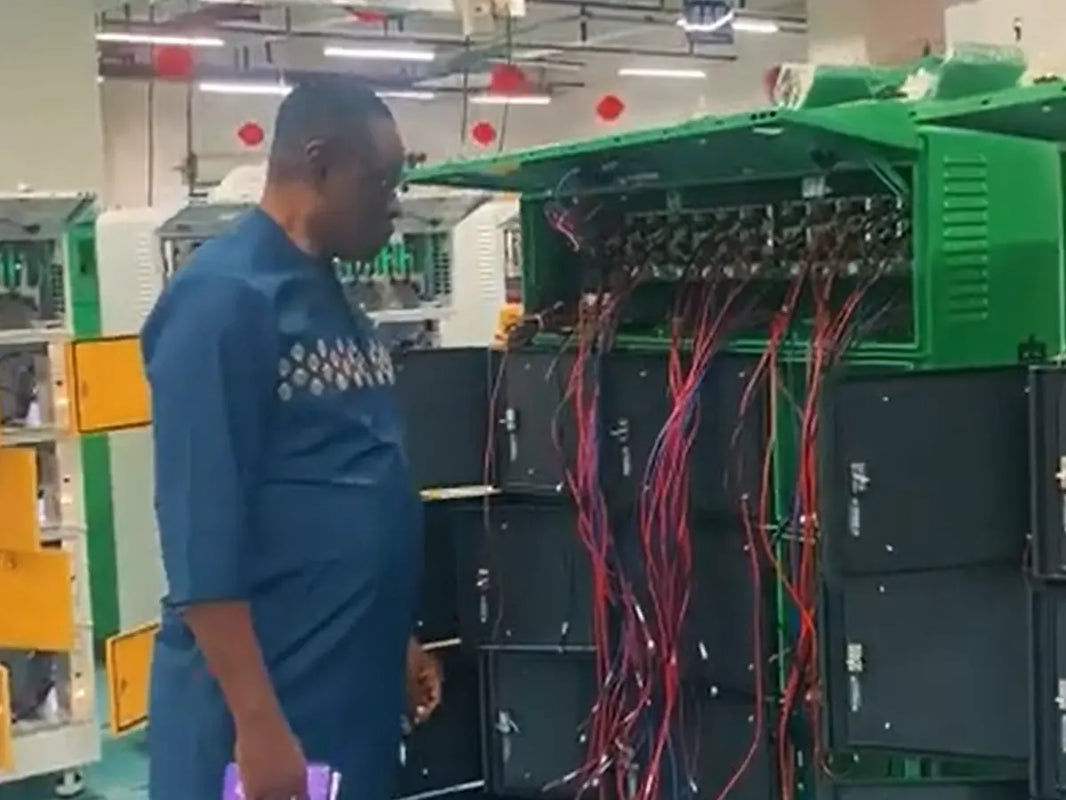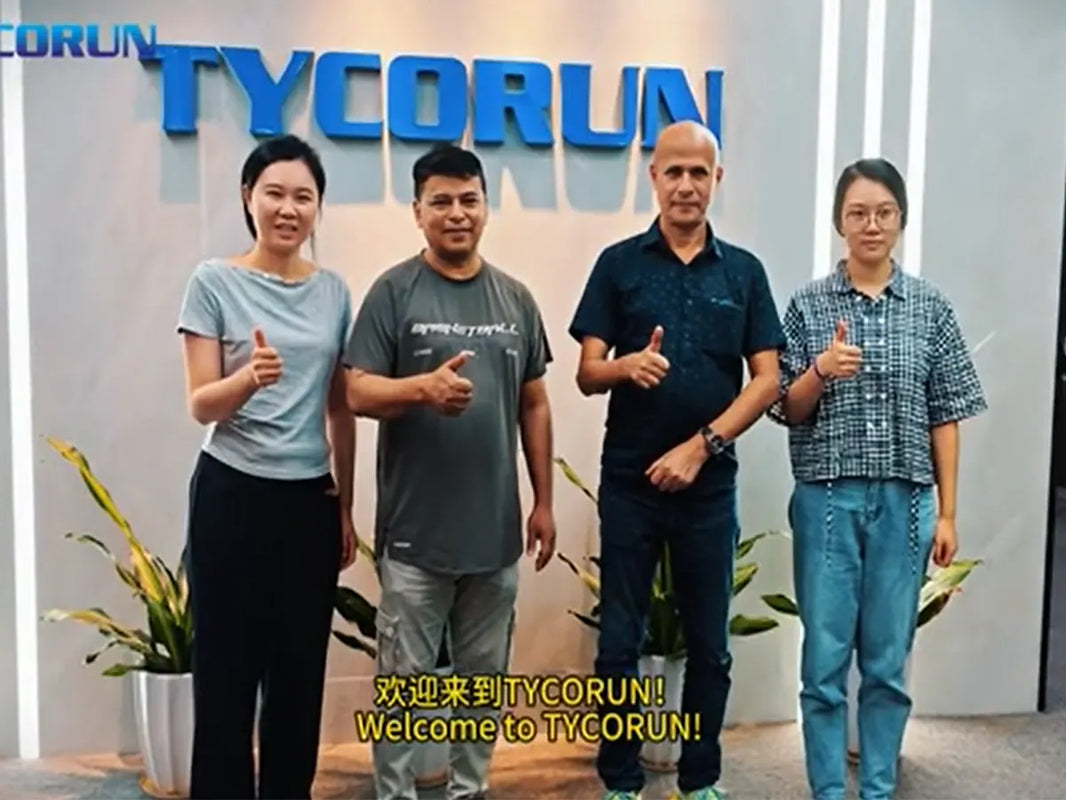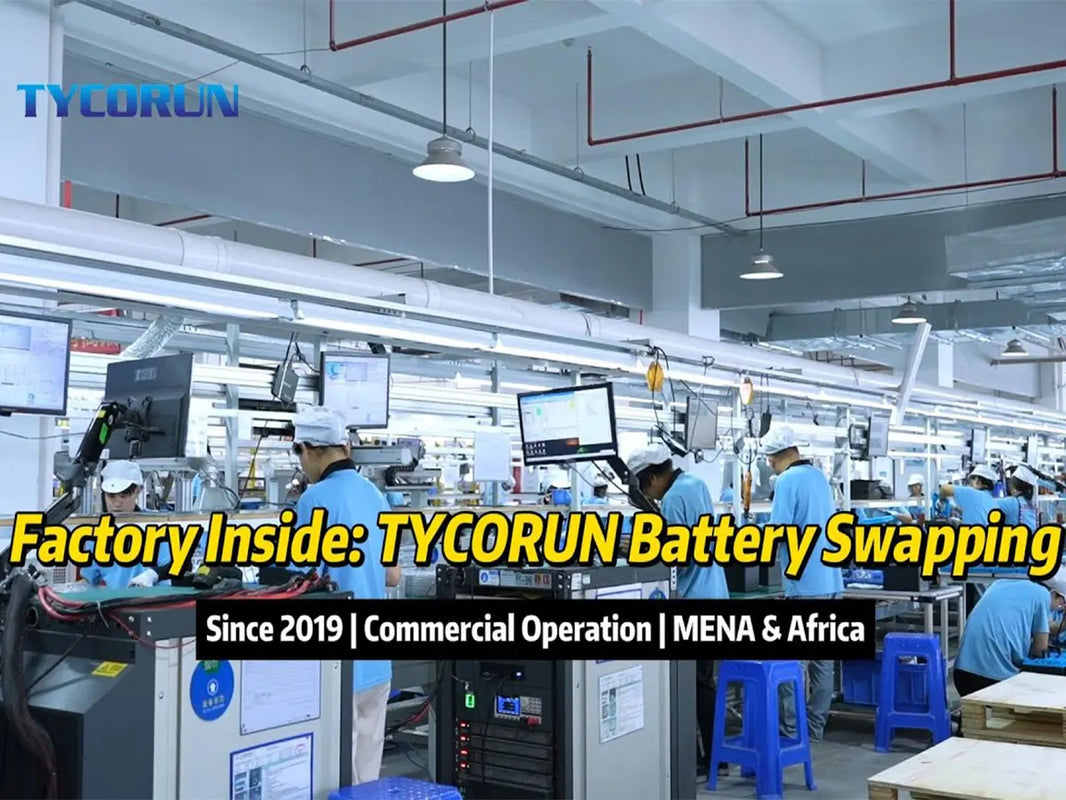
Main content:
- Compatibility of flame retardant electrolyte with positive and negative electrode materials
- Solvation structure and interaction of electrolyte
- Surface morphology of HC negative electrode and SEI film
- Electrochemical performance and safety performance of soft pack batteries
- Universality of regulatory strategies for canal-cation interactions
- Conclusion
At present, the most commonly used sodium-ion batteries are carbonate and ether electrolytes, whose highly flammable chemical nature brings serious safety risks. The use of flame retardant phosphate electrolyte can greatly improve the safety of sodium ion batteries, however, the traditional low salt concentration phosphate electrolyte and carbon-based negative electrode materials are not compatible. The design of low salt concentration and high compatibility phosphate ester electrolyte is critical to the development of high safety and long life sodium-ion batteries.
Check Top10 sodium-ion battery companies for more information about the companies that produce sodium ion batteries.
Compatibility of flame retardant electrolyte with positive and negative electrode materials
In this work, three -(2,2, 2-trifluoroethyl) -phosphate (TFEP) was selected to regulate the interaction between components in the trimethyl phosphate (TMP) electrolyte, so as to design a low salt concentration and high compatibility of all phosphate electrolyte. In order to study the effect of TFEP co-solvent on ISC structure and electrode performance, the molar ratio (MR) of NaClO4/ solvent was fixed at 1:5, and the content of TFEP was gradually changed.

MF132 electrolyte refers to the electrolyte with a molar ratio of NaClO4:TMP:TFEP of 1:3:2. Based on the electrochemical properties of the electrolyte, MF132 electrolyte was selected. The MF132 electrolyte has a wider electrochemical window (Figure 1b) and is non-combustible (Figure 1c). The negative HC electrode using MF132 electrolyte had a capacity retention rate of 96.2% after 200 weeks of cycling, while the positive NFPP electrode also showed better rate performance (FIG. 1g), higher reversible capacity (FIG. 1h), and better long cycle stability (FIG. 1i) in MF132 electrolyte.
Solvation structure and interaction of electrolyte
The high field shift and peak width of the 23Na NMR signal were significantly wider (Figure 2a), indicating a solvated structure with more anions involved in the electrolyte. Raman spectroscopy showed that after adding TFEP, the symmetric stretching vibration peak of Clo4-anion moved to a higher wave number, close to the crystalline solid NaClO4 (950 cm-1), indicating that TFEP strengthened the interaction between Na+ and the anion (Figure 2b).

The strong interaction between cations and anions indicates that the anions are promoted to participate in the coordination of sodium ions in the electrolyte. 31P NMR further characterized the coordination environment of phosphate ester solvent. It is found that the ion-dipole interaction is obviously stronger than the dipole-dipole interaction. The density functional theory calculation shows that the key to introducing AI-ISC structure into TFEP is that TFEP significantly enhances the interaction between cations and ions (Figure 2f).
Surface morphology of HC negative electrode and SEI film
SEM images showed that the HC negative electrode maintained a smooth surface after circulating in the MF132 electrolyte, similar to the initial HC negative electrode, while in the MF150 electrolyte it took on a rough, moss-like appearance due to the continuous decomposition of TMP (Figure 3a-c).
According to TEM analysis, the thickness of the SEI film on the HC negative electrode circulating in the MF132 electrolyte is about 17 nm, which is more uniform than the highly uneven SEI layer on the HC negative electrode in the MF150 electrolyte (Figure 3d-f). TOF-SIMS results are shown in Figures 3g and 3j, where the SEI film produced by the MF150 electrolyte is full of P- (a product of TMP), indicating that TMP suffers a strong reduction decomposition, which ultimately results in poor electrochemical performance of the cell (Figure 1c).

Although there are decomposition products of ClO4- in the SEI film formed in MF150 electrolyte, the poor film-forming protection of NaClO4 is not enough to maintain the electrochemical stability of the electrolyte. In sharp contrast, TFEP not only promotes the formation of reduction-stable ISC structures, but also forms an NAF-rich SEI film, which inhibits the subsequent decomposition of the electrolyte.
Electrochemical performance and safety performance of soft pack batteries
The HC//NFPP long lasting battery has a reversible capacity of 1.06 Ah at 0.1C and an ICE of up to 87.5% (Figure 4a). As shown in Figure 4b, a soft-pack energy storage battery using MF132 electrolyte has a discharge voltage platform of 2.51V at -20°C and a capacity of 0.94Ah. Even at 60 °C, soft-pack batteries provide a similar capacity and discharge voltage platform as at room temperature (Figure 4b).

In addition, at a high current density of 4C, the soft-pack smart battery has a capacity of 0.56Ah, showing good rate performance (Figure 4c). After 2000 cycles at room temperature, the average CE value of the soft-pack battery using MF132 electrolyte exceeded 99.9% and the capacity retention rate reached a high of 84.5% (Figure 4e). At the same time, the fully charged soft-pack battery can maintain a stable voltage output even when the package is cut and the action of a flame (Figure 4d and video S1), which indicates that the soft-pack battery using a non-flammable phosphate ester electrolyte has excellent safety.
Universality of regulatory strategies for canal-cation interactions
The universality of the modulation strategy of canal-cation interaction was further verified in triethyl phosphate (TEP) and tripropyl phosphate (TPP) energy storage systems. As shown in Figures 5a and 5b, HC negatives are completely incompatible with EF150 and PF150 electrolytes. In contrast, after the addition of TFEP co-solvent, Na+ can reversibly embed/remove the HC negative electrode, and the ICE of Na/HC half cells using EF132 and PF132 electrolyte is 80.5% and 79.8%, respectively, and the average CE value is 99.3% and 99.1%, respectively.

Capacity retention rates were 99.0% and 81.9%, respectively (Figures 5c and 5d). NMR results show that TFEP regulates cationic and cationic interactions and promotes the formation of AI-ISC structures in EF132 and PF132 electrolytes (Figures 5e and 5f), suggesting that cationic and cationic interaction regulation strategies are applicable to other flame retardant phosphate ester systems.
Conclusion
By introducing tri -(2,2, 2-trifluoroethyl) -phosphate ester (TFEP), an all-phosphate electrolyte (MF132) with low salt concentration and high compatibility was successfully designed. The electrolyte provides a new idea and design criteria for the practical application of sodium ion batteries, which not only expands the electrochemical window and improves the safety of the battery, but also shows excellent cycle stability and rate performance on the positive and negative electrode battery materials.
Related articles: new energy storage technology, Lithium ion battery industry, lithium battery separator




